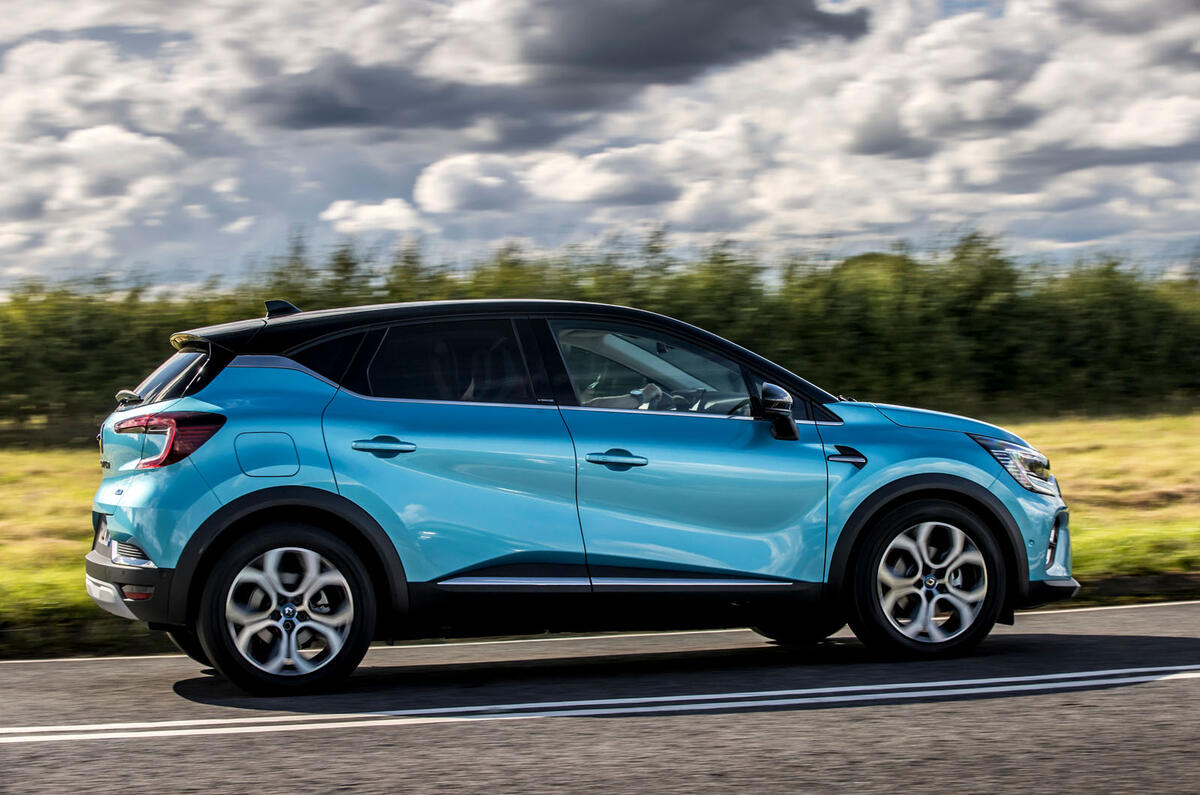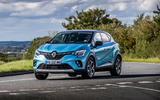What is it?
The Renault electrification programme is gathering a head of steam, and has reached the Renault Captur. On the passenger car front, the all-electric Renault Renault Zoe supermini has been the competent and really quite pretty face of this campaign for the past decade or so; while the Renault Kangoo ZE went on to become the best-selling commercial EV in Europe by the end of 2019. The dinky Renault Twizy made for a fascinating support act, too.
Now, though, Renault has broadened its portfolio of electrified vehicles to include powertrains that the man on the street might deem to be more accessible. So there’s a hybrid version of the RenaultClio supermini; a new plug-in hybrid Renault Mégane Sport Tourer estate; and this, the new Captur E-Tech PHEV.
Based on the Renault-Nissan-Mitsubishi Alliance’s CMF-B platform, it makes use of a normally aspirated 1.6-litre four-cylinder petrol engine, which is paired with a 49kW electric motor and a smaller integrated starter-generator. These draw their energy from a smallish battery that’s housed beneath the rear passenger bench, and which has a usable capacity of 7.5kWh for a WLTP-certified electric-only range of 30 miles.
Plugged into a dedicated home wallbox (which Renault currently provides free of charge via BP Chargemaster), its battery can be topped up from 0-100% capacity in around three hours. Drive is directed to the front wheels via a specially developed multi-mode dog-clutch gearbox that has six forward speeds.
The system has a fairly modest combined output of 158bhp. Renault doesn’t specify a system output for torque, but individually the petrol engine develops 103lb ft at 3200rpm, while the electric motor produces 184lb ft. On paper, performance isn’t particularly electric, then; the Captur PHEV can accelerate from 0-62mph in 10.1sec, which is three-tenths of a second slower than the plug-in Renault Mégane with which it shares its powertrain.




















































Join the debate
Add your comment
pointless
A complete compromise in every department. Expensive, bulky, poor accelleration and ride. Good luck with reliability when it gets a few years older...
Why keep creating these Frankenstein models with motors grafted onto petrol engines, just carry on with lightweight efficient petrol models until a cheap and effecive full EV design is created in another ten years or so for the masses.
pointless
A complete compromise in every department. Expensive, bulky, poor accelleration and ride. Good luck with reliability when it gets a few years older...
Why keep creating these Frankenstein models with motors grafted onto petrol engines, just carry on with lightweight efficient petrol models until a cheap and effecive full EV design is created in another ten years or so for the masses.
pointless
A complete compromise in every department. Expensive, bulky, poor accelleration and ride. Good luck with reliability when it gets a few years older...
Why keep creating these Frankenstein models with motors grafted onto petrol engines, just carry on with lightweight efficient petrol models until a cheap and effecive full EV design is created in another ten years or so for the masses.